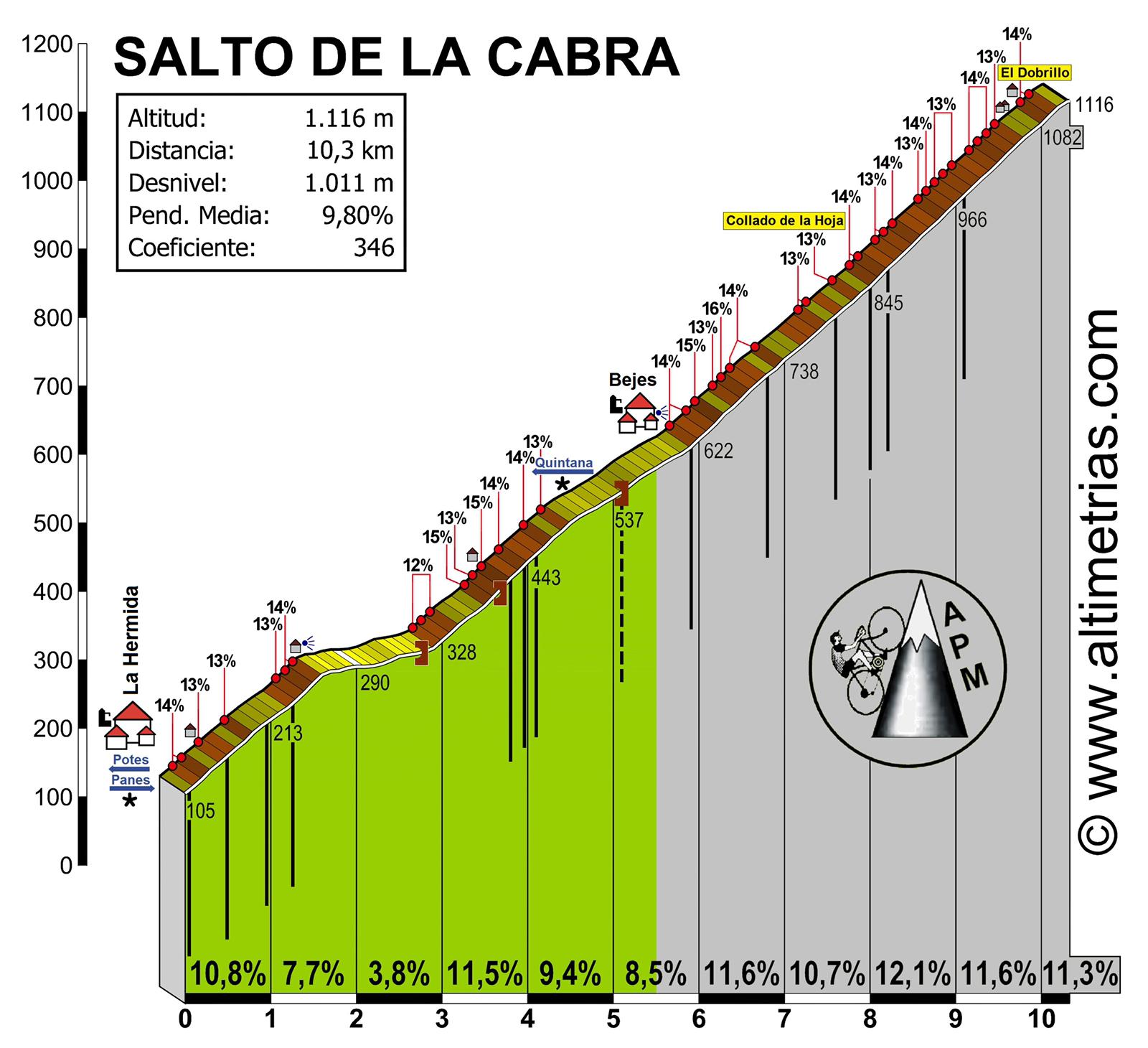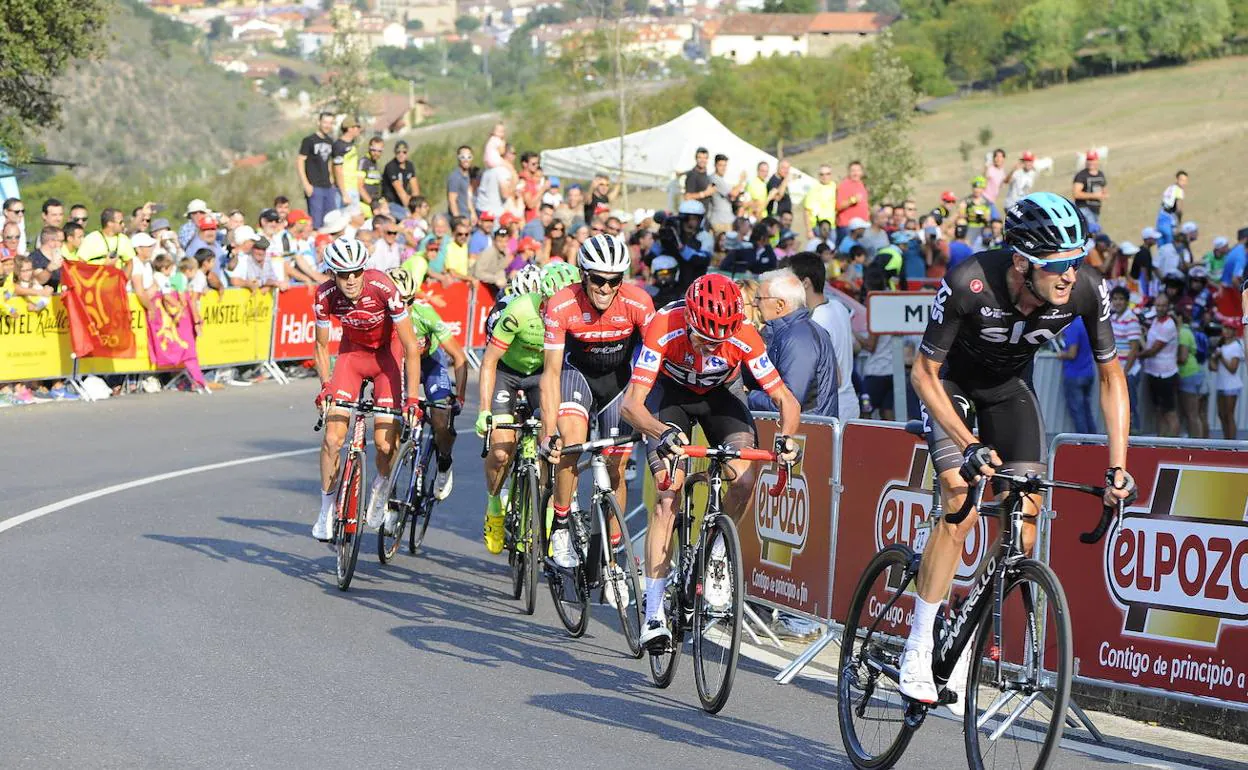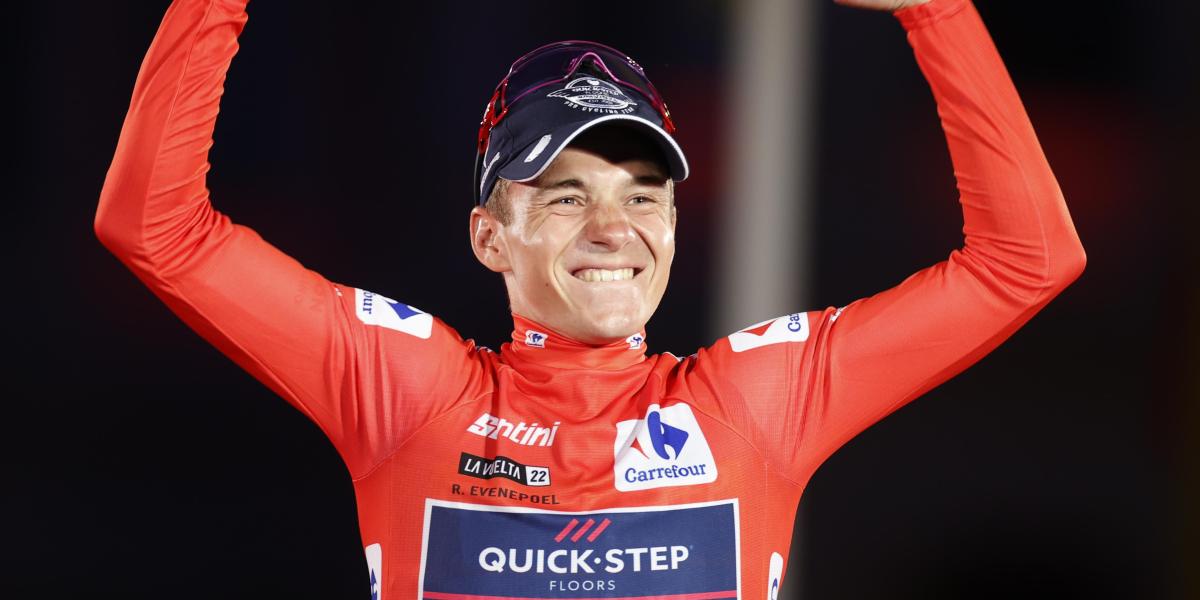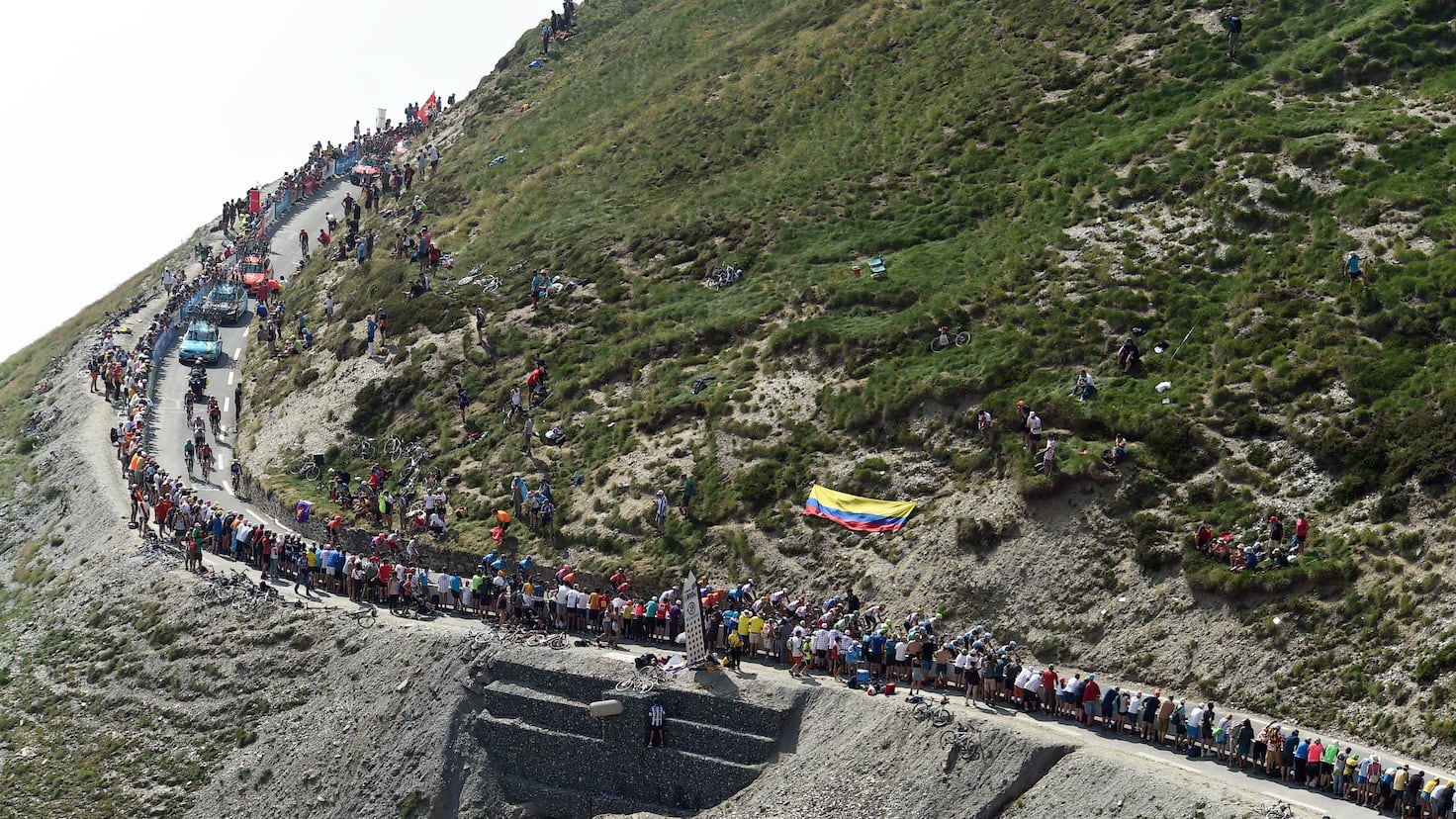Good spot, Netserk, I was remembering seeing pictures of him at a TT with Scarponi in pink, but that will of course have been at the start of 2012 because Scarponi never got to wear pink in 2011. Mea culpa. So it's actually even fewer.
In 2017 Froome looked as strong/slightly stronger in Vuelta than Tour imo. He pretty much planned that season with the aim of Tour-Vuelta double. Since his rise he always rated Vuelta and liked it a lot imo.
Oh, Froome definitely really liked the Vuelta - but of course although he did enter it in 2012 he didn't do so as defending champion at the time - and after that he had unfinished business with the race, hence coming back until he eventually won it in 2017, coming close in both 2014 and 2016. However, in all of those seasons the Tour was the primary goal, at least for the team, and the Vuelta was a secondary goal. 2014 was a bit of a similar factor to Roglič, rescuing the season after crashing out of the Tour, but the same applied to Contador of course. I think a combination of the fact that Froome tended to be at his best when it was very hot, dealing with the heat better than most other contenders, and that it had been his breakthrough and he felt an affinity for it from that (and that he lost in 2011 after the team clipped his wings when he knew he had the legs to win and indeed only lost on bonus seconds) endeared the race to him and so he would go after it as long as he had the legs post-Tour.
By contrast, Contador won the race three times, but there's extenuating circumstances around all three and it was never his main target despite being Spanish - in 2008 it was Astana being barred from entry to the Tour, in 2012 it was coming off of his ban, and in 2014 it was crashing out of the Tour. This is frequently a feature in the fields at the Vuelta, or has been in recent memory. In 2006, Liberty Seguros-Würth (and its successor, Astana-Würth) were barred from the Tour due to Operación Puerto, leading Vino and Kash to target the Vuelta. In 2008, the new Astana (merged with Discovery Channel) were barred from the Tour and initially the Giro too, leading Contador and Leipheimer to target the Vuelta. In 2009, Valverde couldn't race in Italy and the Tour route passed through Italy; after ASO vetoed Valverde's participation with an enforced withdrawal before they got to Italy, he targeted the Vuelta as the only possible GT of the year for him. In 2011, Geox were not invited to the Tour. In 2012, Contador had been banned when the Tour started so couldn't contest it, while Valverde's Tour had been a mess salvaged with a late stage win. Horner missed several months injured in 2013 and missed the Tour as a result, while Contador and Froome both crashed out of the Tour early in 2014.
After that, you do have more of an era of legitimately targeting and achieving at multiple GTs, with Quintana going 3-1 in 2016 and Froome going 1-2 in 2016 and 1-1 in 2017. Yates' Giro GC doesn't look quite so impressive in 2018 but obviously he led most of the way and capitulated a couple of days from the end before winning the Vuelta (and Nibali in 2017 went 3rd in the Giro and 2nd in the Vuelta too), then Roglič goes 3rd in the Giro before winning the Vuelta in 2019. 2020 is kind of an anomaly with the compressed season, but Rogla does of course go 2-1 but the Vuelta did feel like a consolation prize for him after botching the Tour finale, while in 2021 the Vuelta was definitely the same after crashing out of the Tour.
As a result, you'd say that rather than being the one to elevate the status of the Vuelta, Roglič has arrived on the back of a few years' run where big guns were legitimately targeting two GTs a year and with great success, and it's the Froomes and Quintanas taking on the Vuelta in earnest even after success in other GTs that this elevation should be attributed to, with Rogla and Yates then following in their stead, with the Giro-Vuelta double being a bit more manageable than holding form for back to back GTs - although Tour-Vuelta is invariably the more common back to back to attempt, usually because of a less nervous péloton, lower average speeds and often a less deep GC field seeing as, you know, the Tour is the Tour and will always see the toughest competition for the top spots because it's the one everybody wants and all the sponsors demand their best riders at - it takes a rare situation like Joaquím Rodríguez in 2012 for one of the absolute top GC contenders to wilfully forgo the Tour entirely out of personal choice.














